Cold Weather: Go Up a Pellet Size?
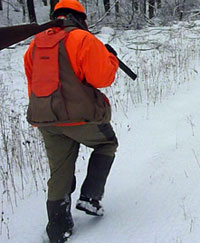 Did you see the article titled “Cold Weather and Shotshells” in the Nov/Dec issue of Shooting Sportsman? Interesting stuff. Makes us think we really need to pattern our guns when it’s cold out. Never thought to do it.
Did you see the article titled “Cold Weather and Shotshells” in the Nov/Dec issue of Shooting Sportsman? Interesting stuff. Makes us think we really need to pattern our guns when it’s cold out. Never thought to do it.
Here are some quotes…and check out that cover below. Does that Lab look huge or what?!
> The later in the season it gets, the farther away upland birds tend to flush and the poorer waterfowl tend to decoy. The result is taht the avergae distances of shots…are signficantly longer….
> “All shotshells…shed velocity and pattern density quicker as the temperature drops and the atmosphere becomes denser.
> If the projectile is deformed…it will diverge from the point of aim at an ever-greater angle the denser the atmosphere becomes.
> It is [also] true that as temperature drop, primers and propellants do not generate as much energy in the closed space of a shotshell load.
> As a general rule, I have always found patterns rom an IC choke open up more from the effects of cold than those from a Full choke.
> Are these declines in downrange velocity and pattern quality important? For a hunter, any decline in pattern quality is much miore important…than is a small decline in velocity.
> When the temperature falls for 20 degrees F [vs. 70 degrees], these same shells through these same gun/choke combinations often become sub-lethal in pattern quality.
> As a gross rule of thumb, a #4 lead pellet at 20 F behaves about like a #5 pellet at 60 F.
Good article. What does this mean for cold-weather pheasants, #4s and #2s? And for cold-weather grousing, #6s and #5s?
Anyone already do this?
Category: Ammo/shells, Shooting Sportsman, Winter

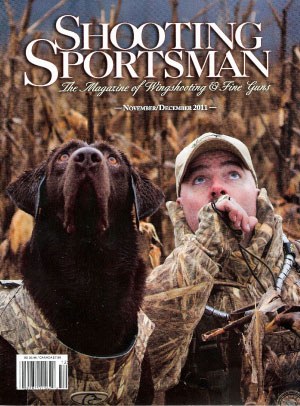




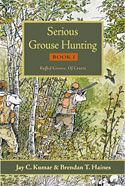
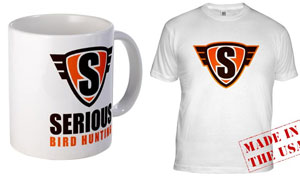
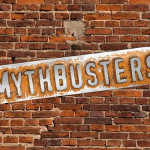
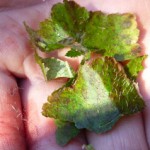

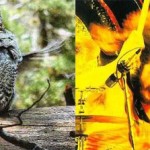
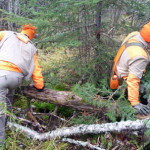
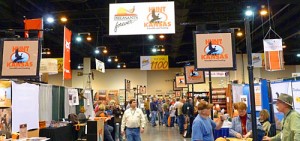
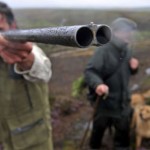
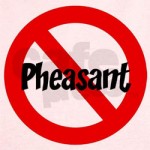
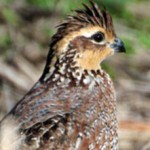
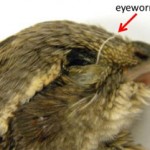
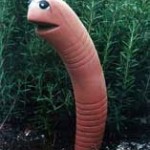
I always move down a size of shot as the season progresses. I do it because they get up futher out and I need a little more knock down power. I had no idea the velocity and pattern suffered in the cold. Good to know, might save me a few headaches.
excuses excuses. i’d like to see some actual numbers. i highly doubt that patterns and velocities suffer enough to make a difference, or there would be far more attention paid to it. i’m not saying i haven’t switched to 5’s or 4’s before, but it definitely has nothing to do with velocity or pattern. true, bigger pellets have more downrange velocity, which is why waterfowlers have to use bigger shot sizes, because steel does not have the weight that lead does. that’s why waterfowl shells are longer, so they can get more shot in the shot cup. you’re only going to make your pattern smaller with a larger pellet size, especially with something as dramatic as lead 6’s to steel 2’s. if your pellets are deforming when the gun goes off, there’s a simple solution…stop shooting the cheapest box of shells you can find(plus, who can really tell that the pellets in the shells you are shooting are flattening out as the shell fires?)
as far as wild flushes go, i bet there are just as many flushes within 12 yards as there are outside of 25 all year round. anyway, i think i’ll just go hunting and not worry about it.
Interesting stuff to read, and perhaps to ponder, but here in interior Alaska I hunt ptarmigan all winter over my Brittanys in some pretty cold conditions, and I don’t give my shells a second thought. I just go hunting and shoot birds in winter just as I do in the fall.
Having said that, I must admit that very cold hulls do seem to crack more often and render them as garbage.
Happy holidays!
Jim
…… Most interesting article this. … I tend to agree with Lucas’s post (December 13, 2011) and assessment of above on this. … I really just don’t feel/believe that there is any great difference (even as much as near 10%) in shot shell performance of a cold weather shotgun; as one shot at 70F. … Now, I do suppose that at longer ranges this could be somewhat of a concern, maybe say, 45-60 yards, but, since I only shoot at Eastern Ruffed Grouse as far away as say,30 yards, and this at most, I feel I can disregard the findings of this article entirely. … If one were to do his/her shooting at, say 50-60 yards, then larger sized shot would of course be naturally called for. … As to pattering well, each and every barrel has it’s own preferences as to what load and velocity it likes to handle best, this, no matter what the outside temperature might be.